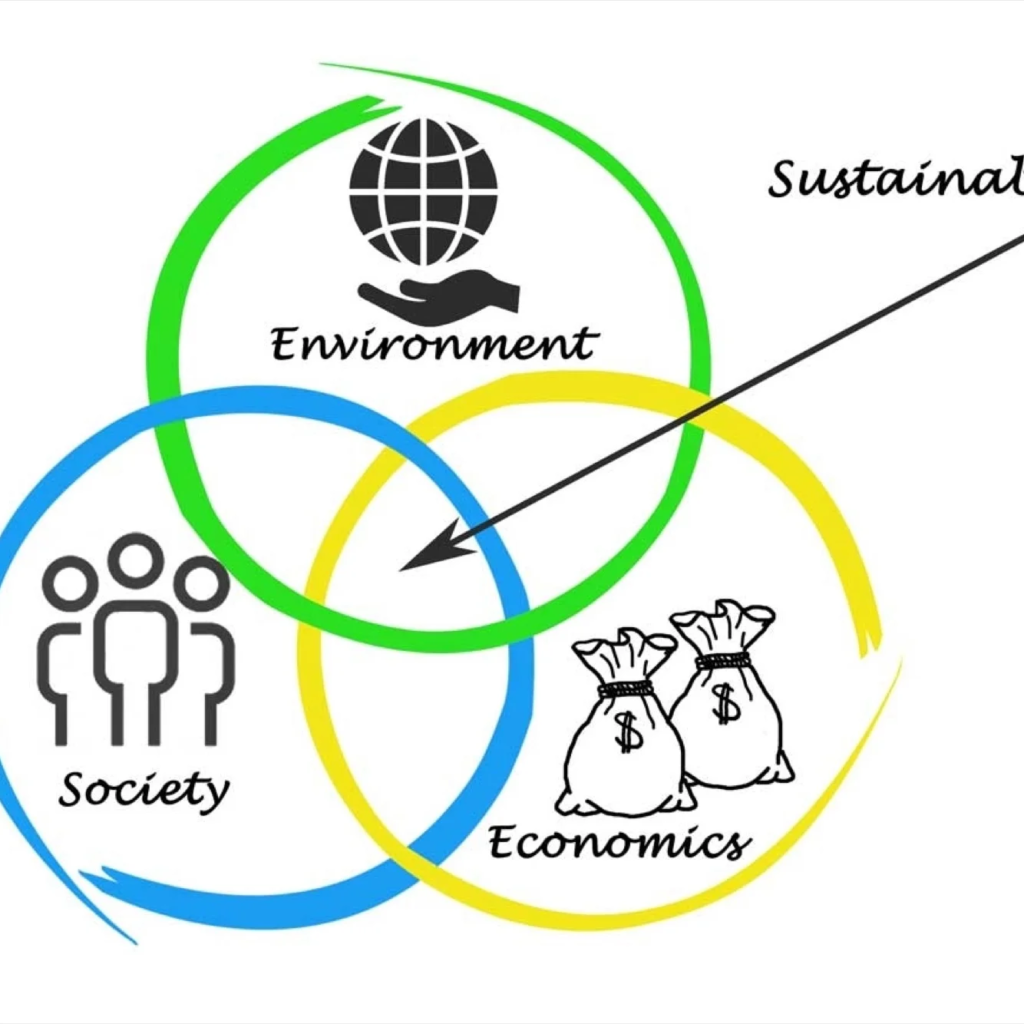DNA is the blueprint of life, and it contains a wealth of information about our individual traits and predispositions. In recent years, there has been a growing interest in using DNA to personalize products and services, and a new wave of biotech startups is emerging to meet this demand.
These startups are developing innovative ways to use DNA to create personalized experiences for consumers in a variety of industries, including healthcare, nutrition, cosmetics, and fitness.
Healthcare
One of the most exciting areas of personalized medicine is the development of DNA-based diagnostics. These tests can be used to identify genetic mutations that may predispose people to certain diseases, such as cancer, Alzheimer’s, and Parkinson’s. This information can then be used to develop personalized treatment plans and to monitor patients for early signs of disease progression.
DNA-based diagnostics are also being used to develop personalized vaccines. These vaccines are tailored to the individual’s genetic makeup, making them more effective and less likely to cause side effects.

Nutrition
DNA can also be used to personalize nutrition plans. Startups are developing DNA tests that can identify genetic variants that affect how people metabolize different foods and nutrients. This information can then be used to create personalized diets that are optimized for each individual’s needs.
For example, a person with a genetic variant that makes them less efficient at metabolizing carbohydrates may benefit from a low-carb diet. Similarly, a person with a genetic variant that makes them more prone to inflammation may benefit from a diet that is rich in anti-inflammatory foods.
Cosmetics
DNA can also be used to personalize skincare and beauty products. Startups are developing DNA tests that can identify genetic variants that affect skin type, hair type, and other physical characteristics. This information can then be used to create personalized products that are tailored to the individual’s needs.
For example, a person with a genetic variant that makes them more prone to acne may benefit from skincare products that contain salicylic acid or benzoyl peroxide. Similarly, a person with a genetic variant that makes them more prone to hair loss may benefit from hair care products that contain minoxidil or finasteride.
Fitness
DNA can also be used to personalize fitness programs. Startups are developing DNA tests that can identify genetic variants that affect muscle type, metabolism, and other fitness-related characteristics. This information can then be used to create personalized fitness programs that are tailored to the individual’s needs.
For example, a person with a genetic variant that makes them more prone to endurance sports may benefit from a training program that focuses on cardiovascular fitness. Similarly, a person with a genetic variant that makes them more prone to strength sports may benefit from a training program that focuses on weightlifting.
Conclusion
The use of DNA to personalize products and services is still in its early stages, but it has the potential to revolutionize many industries. Biotech startups are at the forefront of this revolution, and they are developing innovative ways to use DNA to create personalized experiences for consumers.
As DNA sequencing becomes more affordable and accessible, we can expect to see an even greater proliferation of DNA-based personalized products and services in the years to come.













